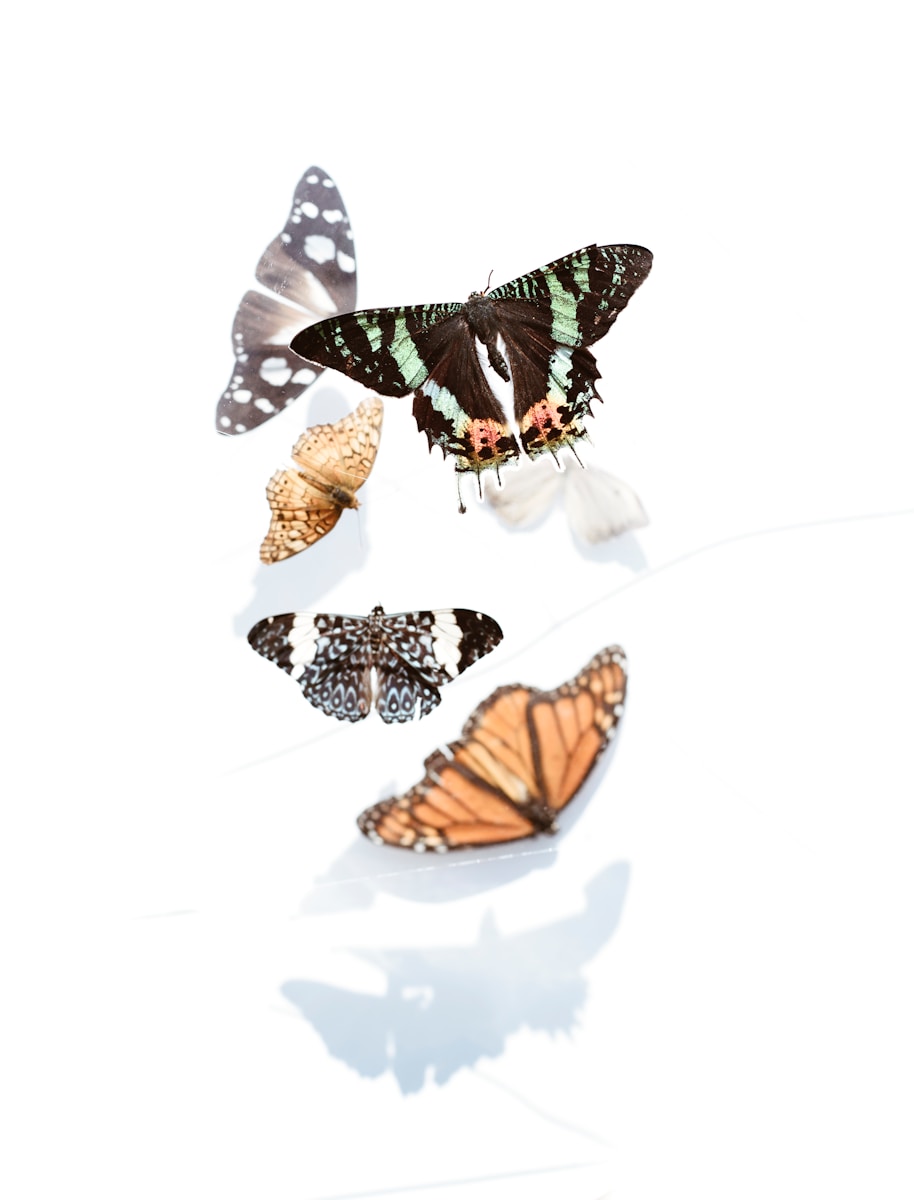Key Takeaways:
– Monarch butterflies may soon hit the list of threatened species under the Endangered Species Act.
– The decision by the U.S. Fish and Wildlife Service follows enduring pleas from environmental groups.
– Dwindling monarch populations mainly attributed to climate change and habitat loss.
Monarch Butterflies on the Verge of Being Listed as Threatened
In a landmark conservation move, the U.S. Fish and Wildlife Service announced plans to add monarch butterflies to the list of threatened species. The announcement, which came on Tuesday, marks a vital point in preserving these iconic pollinators.
A Worrisome Decline: The Reason Behind the Decision
Environmental groups have been raising the alarm about the rapidly declining monarch butterfly populations for years. These beautiful creatures, sporting distinctive orange and black markings, have witnessed a sharp population decline. The primary reasons attributed to this worrying trend are climate change and habitat loss.
The Tale of Monarch Butterflies
The story of the monarch butterfly is not just a random environmental issue. It’s a tale that speaks to us on multiple levels. Monarchs are known for their remarkable migration patterns. Every year, they travel thousands of miles from North America to Mexico and back. Their journey is a phenomenon of nature, an ecological marvel that has fascinated scientists and nature lovers alike.
However, the changing climates and rapid habitat destruction have posed significant threats to monarch butterflies’ survival. Outdoor spaces once ripe with the milkweed plants that monarch caterpillars feed on have been swiftly replaced with human habitats and agricultural lands. Likewise, the warmer weather patterns, a direct result of climate change, have interfered with monarchs’ regular migration patterns.
The Impending Action: What Next?
The step to include these butterflies in the threatened species list is a significant move towards their conservation. The listing does not just acknowledge the plight of the monarchs; it translates into concrete actions to protect and restore their dwindling numbers.
As part of these efforts, there would likely be programs aimed at habitat restoration. These would include initiatives to plant milkweed and other native meadow plants necessary for the monarch lifecycle. Such programs have a dual benefit. While they serve to safeguard these pollinators, they simultaneously help restore natural ecosystems. Meadows rich with native plants attract other pollinators and native animals. This contributes to a more balanced and healthier ecosystem overall.
Joint Responsibility: We Can All Play a Role
While these actions by official bodies like the U.S. Fish and Wildlife Service are crucial, the public has a role to play too. Every community member can contribute to making their local landscape more butterfly friendly. Planting native flowers, specifically milkweed, can provide vital nourishment and breeding grounds for the monarchs.
Finally, awareness is key. Understanding the threats facing monarchs and other pollinators is the first step towards change. Every informed person can contribute to a ripple effect that can lead to more significant changes in attitudes and actions towards conservation.
In conclusion, the U.S. Fish and Wildlife Service taking steps to list monarch butterflies as threatened is a meaningful move. Still, it’s crucial to remember that wildlife conservation requires a combined effort. Only by working together can we ensure a bright future for our remarkable monarch butterflies while managing to strike a healthy ecological balance.

